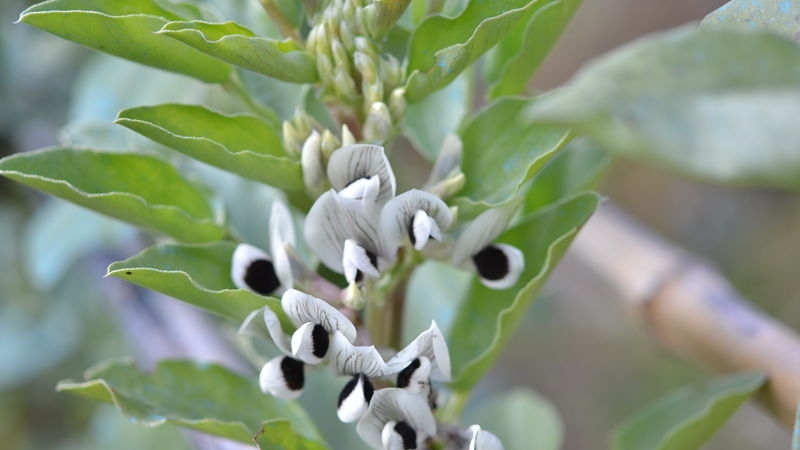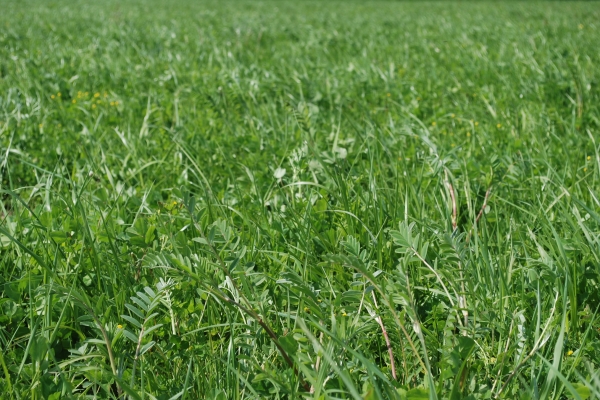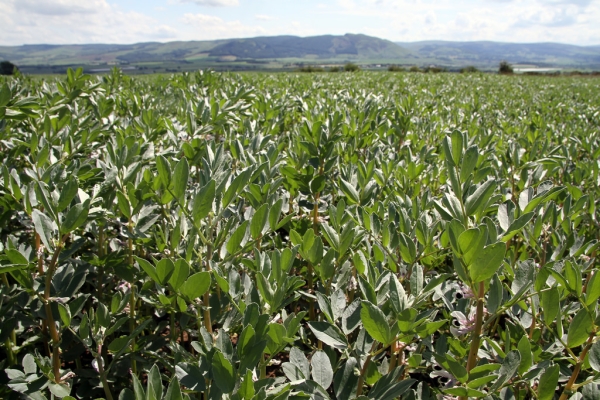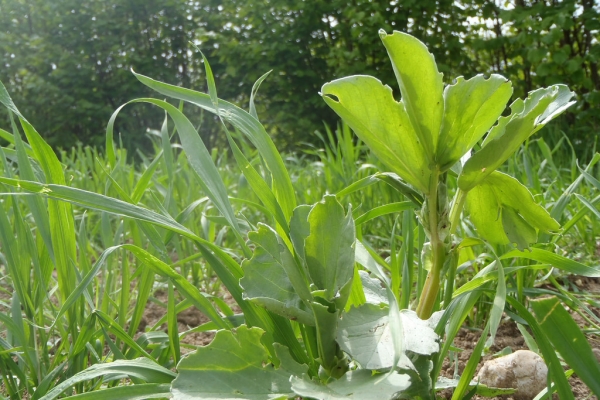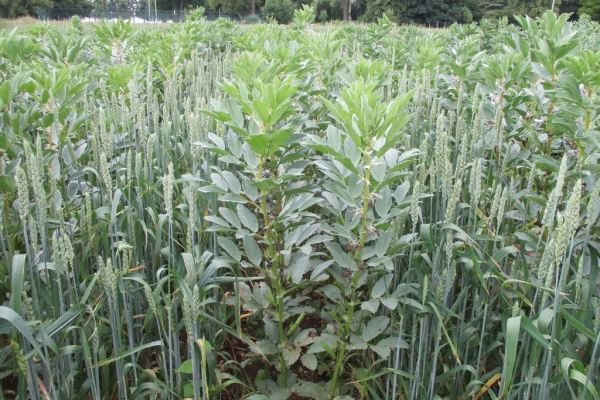Combinable protein crop production
Institute of Organic Training & Advice: Research Review
Resource explained
- This paper provides valuable information taken from research and observational experience of combined protein crop production in UK organic farming systems. It also refers to European research on peas, faba beans and lupins; their role in rotations, nitrogen fixation, varieties, establishment, weed control, yields, problems experienced and intercropping with cereals.
- The information is divided into:
- A summary of research projects and results; grain legumes in organic farming, nitrogen from grain legumes in organic rotations, and using grain legumes as a break crop to help suppress weeds in subsequent crops.
- Agronomy of grain legumes; selecting varieties, sowing times, seed rate and drilling, spatial arrangement, weed management, diseases, pests, harvesting, yields, phosphate availability, intercropping with cereals and as a weed management tool, lupins, and grain legumes in poultry rations.
- Analysis and conclusions divided into the value of green legumes, field beans, peas, lupins, and intercropping grain legumes with cereals.
Findings & recommendations
- ‘Analysis and Conclusions’ is particularly useful as it contains lots of practical management guidance including:
- Grain legumes can have positive effects in crop rotations due to their nitrogen (N) fixing ability and the break-crop effect on disease in cereal rich rotations. However, when establishing, they are susceptible to poor soil conditions, pests and weeds.
- Lupins and field beans can help improve soil phosphate availability for following crops.
- You should base varietal selection of field beans on agronomic characteristics before yield as they, and growing conditions, will have greater effects on yield in organic situations.
- Peas and lupins can be risky crops to grow due to their low weed tolerance. However they offer the benefits of a break crop and are a useful protein source.
- Avoid growing peas more than one year on six-seven to avoid soil-borne disease, and ensure that aphid predators for peas are encouraged in areas such as field margins on your farm.
- Weed competition with lupins can be a problematic; wide row spacing and inter row cultivation can help counteract this.
- Grain legume intercropping has annual benefits for weeds, diseases and quality. Intercropping with cereals can help overcome problems of unreliable yield, weeds and difficult harvest.
Related articles
DiverIMPACTS case studies across Europe highlight why crop diversification strategies have been successful and what challenges needed to be overcome to achieve success.
Outputs from an international project that looked at forage and grain legumes in cropping systems; management and environmental impacts.
This abstract explores how the organic practice of using grain legumes in crop rotations to help supply nitrogen can be applied on non-organic farms.
Practical information to help you grow, harvest and manage grain legumes for livestock.
Interesting research highlighting some of the potential challenges and rewards from growing field beans with wheat.
RAU research looking at the effects of intercropping beans and wheat in relation to ecosystem services and forage production.
